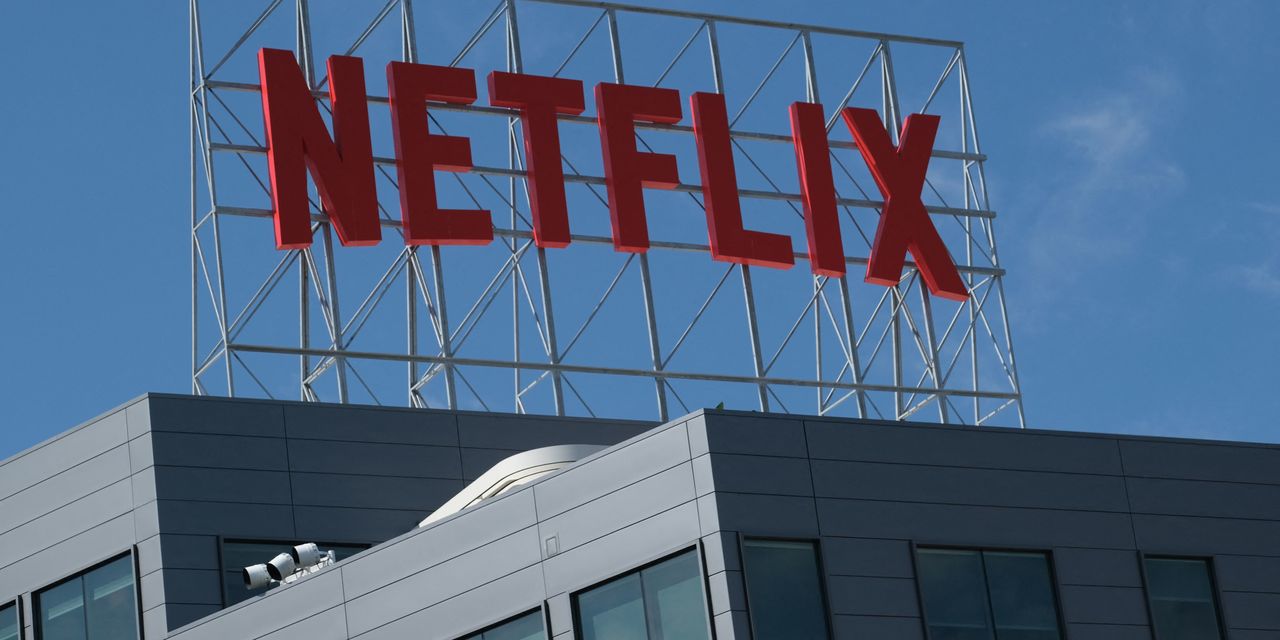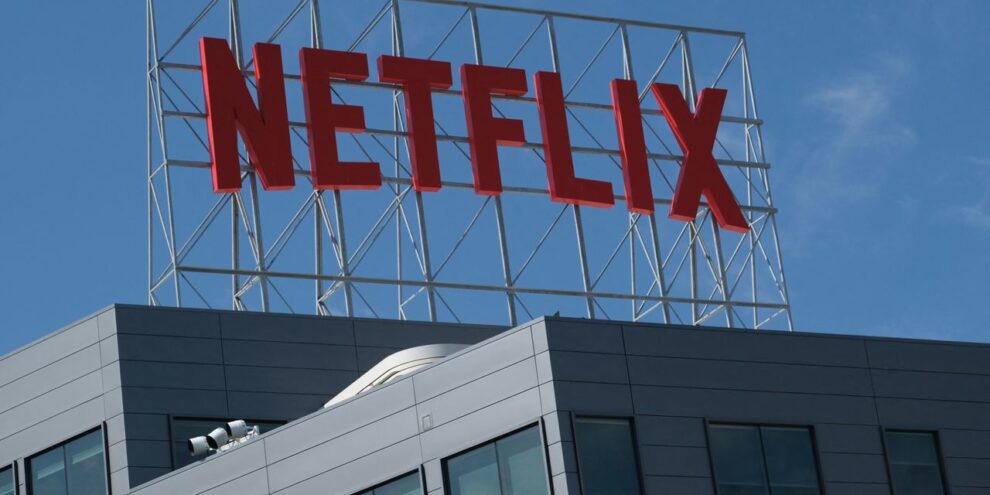
Netflix Inc. is finally killing the DVD-by-mail business that years ago made it one of the buzziest names on Wall Street, just as it reshapes itself with another new business model, one supported by ads and password crackdowns.
As the two co-CEOs, Ted Sarandos and Greg Peters, had their first earnings interview without co-founder and former CEO Reed Hastings on Tuesday, the company is now embracing two things it eschewed for years: ads and password monitoring. And Netflix NFLX, +0.29% said that its ad-supported tier is already a success.
Hastings, who is now only on Netflix’s board, had promised for years that Netflix would never have commercials on its service. But in October 2022, as growth started to slow after a huge pandemic surge in new subscribers, Netflix changed its tune — and so far, it may have been the right move to get more revenue growth.
“So think of this as kind of that next step in our evolution, of a bit of a better market fit, product market fit, pricing fit, with the aim of growing our penetration in these markets,” Peters said in the company’s recorded analyst interview Tuesday.
In a letter to shareholders, company executives said the ads plan in the U.S., when combining the subscription price and commercials, “already has a total ARM [average revenue per membership] … greater than our standard plan.”
The streaming company no longer gives guidance on subscriber additions, which was another sign that its former stellar growth rates are over. In the first quarter, Netflix said that average paid memberships grew 4%, while its average revenue per membership declined 1%. But new subscribers came in below analysts’ expectations: Netflix gained 1.75 million subscribers in the quarter, down from the 2.2 million adds expected by Wall Street.
Password sharing was also something that Netflix never cared about in the past, even tweeting in 2017: “Love is sharing a password.” But after announcing a crackdown last year, Netflix has begun what Peters said was an “important transition” regarding password sharing in Latin America and Canada, and he said the company was trying to go about it “as thoughtfully as we can.”
Once it detects a customer is sharing an account, Netflix’s approach so far has been to “remind people what that looks like, very much like a price increase,” Peters said. “We see an initial cancel reaction, and then we build out of that both in terms of membership and revenue as borrowers sign up for their own Netflix accounts and existing members purchase that extra member facility for folks they want to share with.”
Netflix will launch an improved version of its system to crack down on password-sharing in the second quarter and it will include U.S. customers, he said.
It is becoming pretty clear that the old Netflix — the Netflix of Hastings that didn’t care about ads or if you shared your password with a friend — is gone. How many of those viewers who use others’ passwords will actually convert to paid subscribers is still a big guess, and investors will hopefully learn more next quarter.
Netflix proved years ago that it can evolve, as it switched from DVDs to becoming a streaming pioneer. Now it has to change its business model once again. Investors will have to change their expectations as well, focusing on how Netflix acquires and monetizes subscribers, as they are unlikely to see the era of hyper growth ever return.
















Add Comment